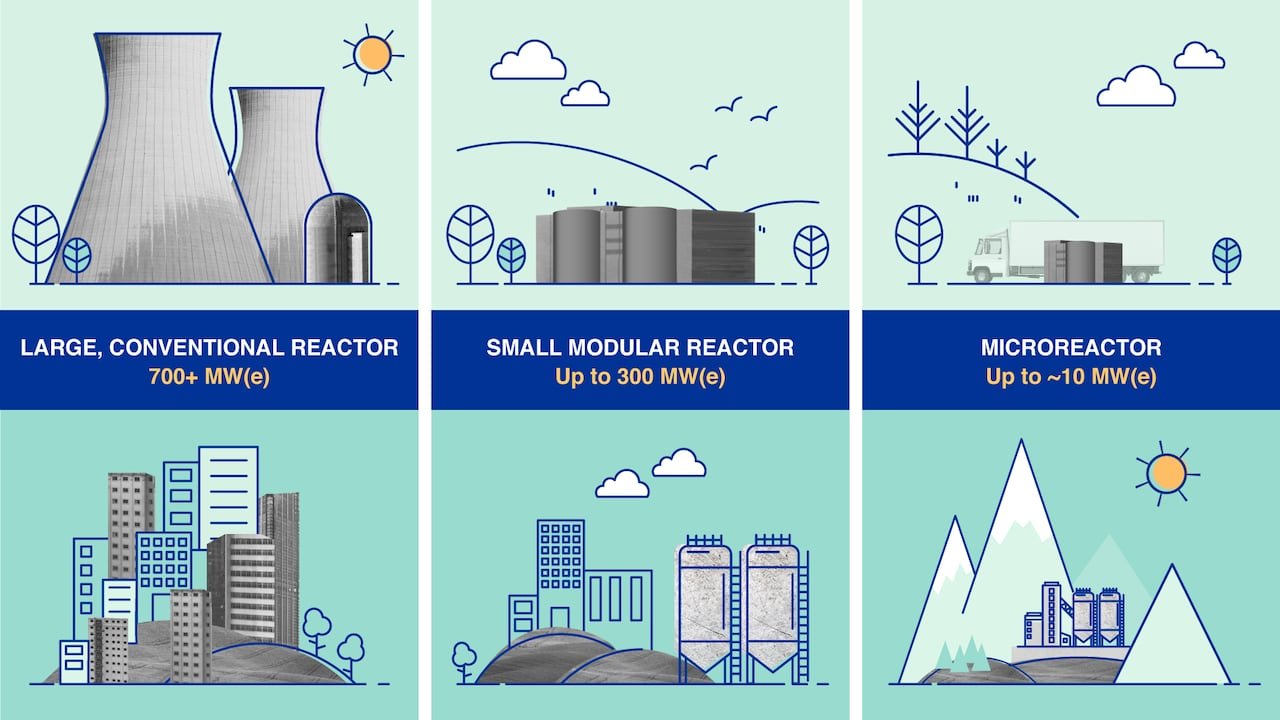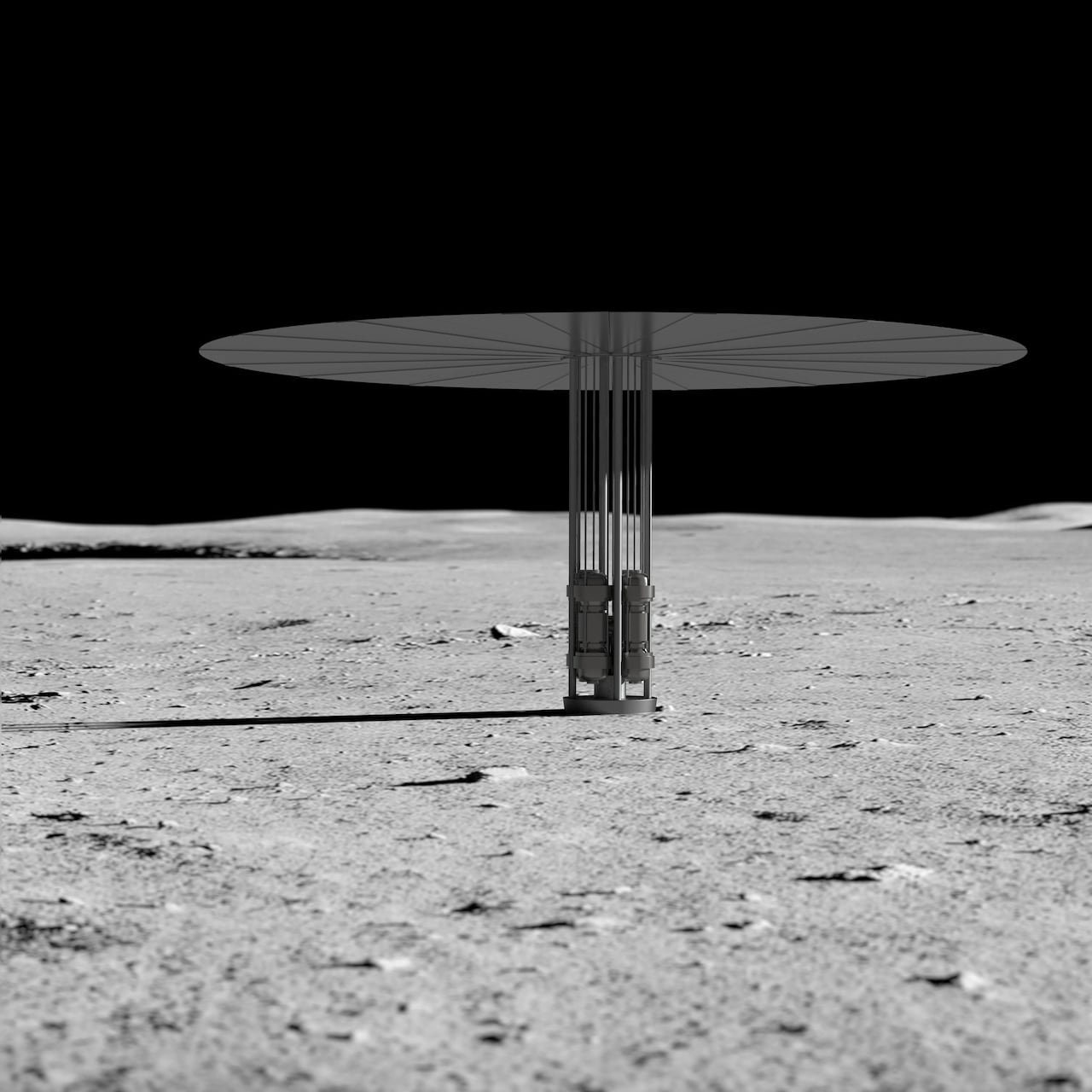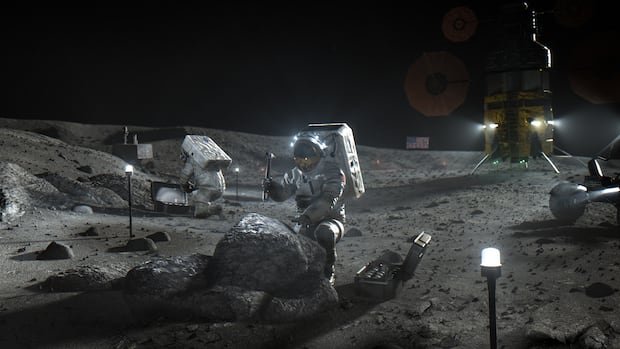The crew of Artemis II is scheduled to launch from Cape Canaveral, Florida, in February, heading towards the moon for a flyby before returning. This mission marks the beginning of a new era in lunar exploration after more than five decades.
Unlike the past space race focused on symbolic achievements, NASA’s Artemis program aims for sustained human presence on the moon as a stepping stone for future missions to Mars.
To support a continuous human presence on the moon, a reliable energy source is crucial. In response to this challenge, Canada is making strides in nuclear energy technology.
The Canadian Space Agency (CSA) recently granted $1 million to the Canadian Space Mining Corporation (CSMC) to develop a low-enriched uranium nuclear reactor for lunar applications.
While traditional nuclear reactors are large, there is growing interest in compact modular reactors, including micro modular reactors, which offer scalability and efficiency for space missions.

The concept of nuclear energy in space is not new, with past initiatives by countries like Russia and ongoing research by NASA. Canada’s involvement in lunar nuclear reactor development highlights its commitment to international space exploration efforts.
Canada’s Strategic Position
Canada’s foray into lunar nuclear technology aligns with global initiatives. Despite not having independent rocket launch capabilities, Canada aims to contribute vital technology to international lunar missions.
Daniel Sax, CEO of the Canadian Space Mining Corporation, emphasized Canada’s history of innovation in space technology, positioning the country as a key player in advancing space exploration.

Canada’s expertise in space technologies, coupled with its nuclear capabilities, positions it as a valuable contributor to lunar energy solutions. The potential applications extend beyond space missions to benefit remote communities on Earth.
Challenges and Innovations
Developing a nuclear reactor for lunar operations poses unique challenges due to the moon’s harsh environment. Addressing issues like cooling systems and waste disposal requires innovative solutions.
Efforts to tackle these technical and regulatory hurdles demonstrate Canada’s commitment to advancing space technologies for both lunar and terrestrial applications.
As Canada propels its space exploration contributions, Sax envisions a future where innovative nuclear technologies benefit communities globally, emphasizing the dual impact on space exploration and societal challenges.


